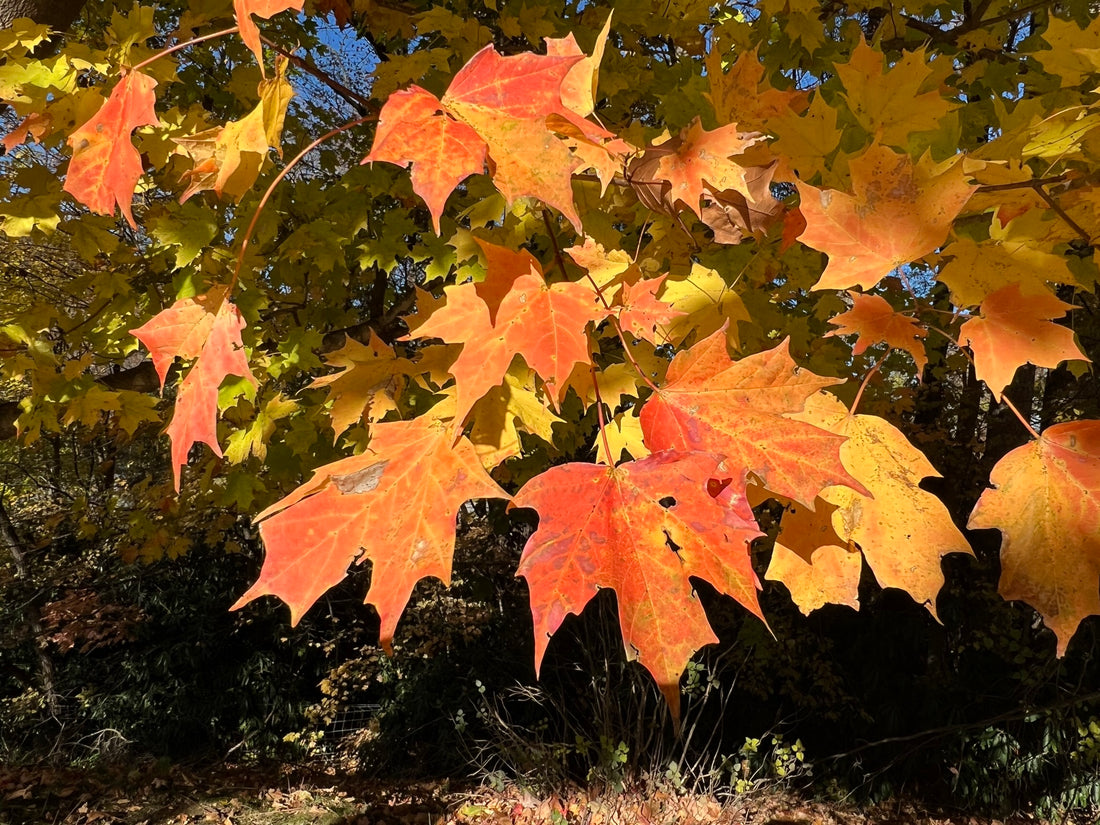The Appalachian Mountains are home to a wide variety of flora and fauna, but one tree stands out among the rest - the sugar maple (Acer saccharum). With its vibrant autumn foliage and valuable sap, the sugar maple is not only a beautiful sight to behold but also an important resource for both humans and wildlife.
What makes the sugar maple unique?
The sugar maple is a deciduous tree that can reach heights of up to 100 feet. Its distinctive leaves have five lobes and turn brilliant shades of orange, red, and yellow in the fall. This stunning display of colors attracts visitors from far and wide, making the Appalachian Mountains a popular destination for leaf-peeping enthusiasts.
But what truly sets the sugar maple apart is its sap. This tree is the primary source of maple syrup, a sweet and delicious treat enjoyed by people around the world. In fact, the sugar maple is so closely associated with maple syrup production that it is often referred to as the "sugar tree."
How is maple syrup made?
Maple syrup production is a time-honored tradition in the Appalachian Mountains. It begins in late winter or early spring when the temperatures start to rise above freezing during the day but still drop below freezing at night. This fluctuation in temperature creates the ideal conditions for sap flow.
To collect the sap, small holes are drilled into the sugar maple's trunk, and a spout or tap is inserted. The sap then drips into buckets or is collected through a system of tubing. It takes approximately 40 gallons of sap to produce just one gallon of maple syrup, making it a labor-intensive process.
Once the sap is collected, it is boiled down to remove the water content and concentrate the sugars. The boiling process can take several hours and requires careful monitoring to prevent the syrup from burning. The end result is a golden, viscous liquid that is rich in flavor and sweetness.
The ecological importance of the sugar maple
While the sugar maple is best known for its syrup, it also plays a vital role in the Appalachian ecosystem. Its dense foliage provides shade and shelter for a variety of wildlife, including birds, squirrels, and deer. The seeds of the sugar maple are a valuable food source for many animals, helping to sustain them throughout the year.
Additionally, the sugar maple is an important contributor to the health of the forest ecosystem. Its deep root system helps prevent soil erosion and improves water quality by filtering pollutants. The tree's leaves decompose and enrich the soil, providing essential nutrients for other plants to thrive.
Preserving the sugar maple for future generations
Despite its resilience, the sugar maple faces several threats, including climate change and invasive species. Rising temperatures and unpredictable weather patterns can disrupt the tree's sap flow and affect its overall health. Invasive pests, such as the Asian longhorned beetle, pose a significant risk to sugar maple populations.
To ensure the survival of the sugar maple for future generations, it is crucial to protect its habitat and promote sustainable forestry practices. This includes monitoring for pests, planting new trees, and educating the public about the importance of preserving this iconic species.
Next time you find yourself in the Appalachian Mountains, take a moment to appreciate the beauty and significance of the sugar maple. Whether you're enjoying a stack of pancakes drizzled with maple syrup or simply admiring the vibrant fall foliage, this majestic tree is sure to leave a lasting impression.

